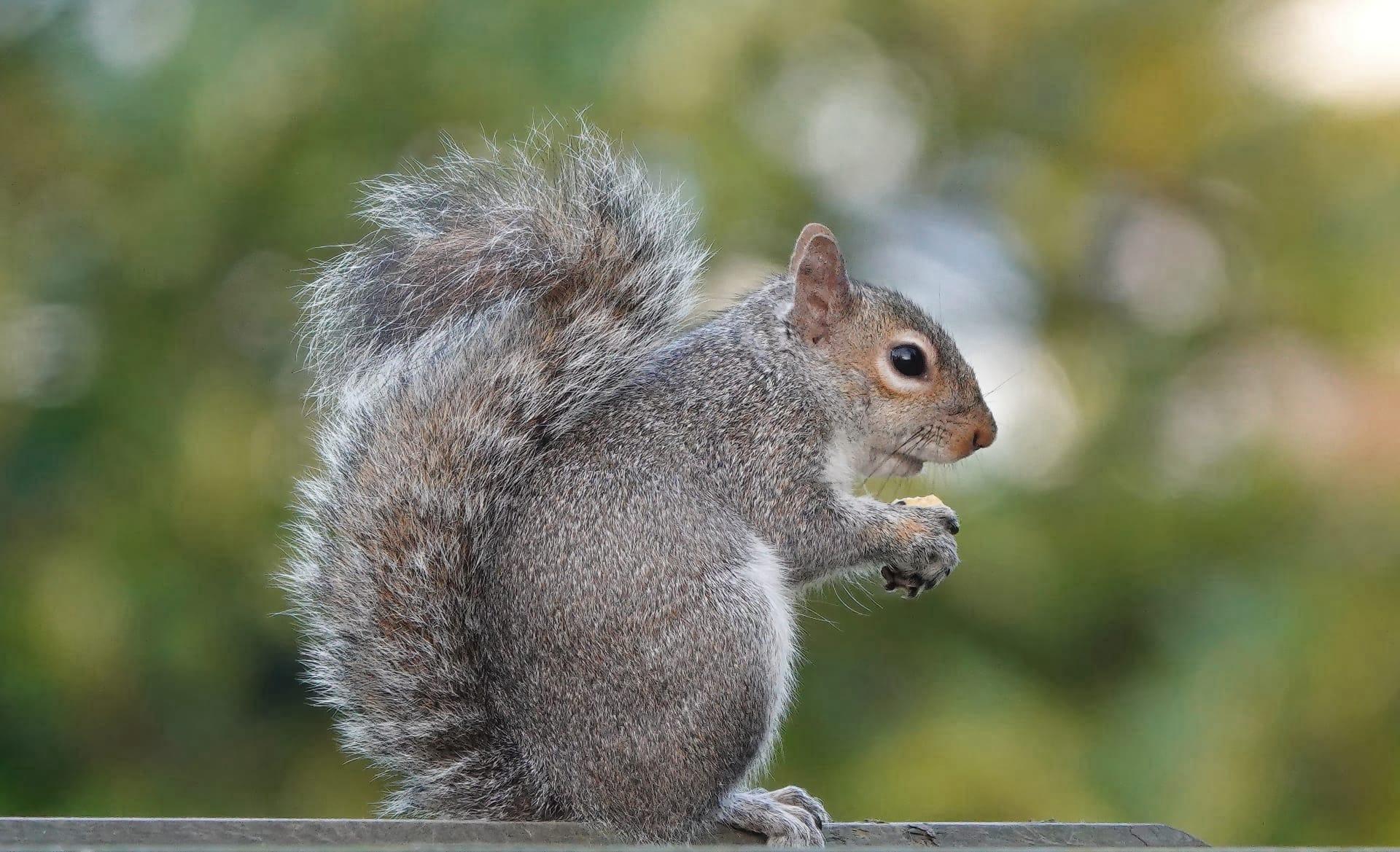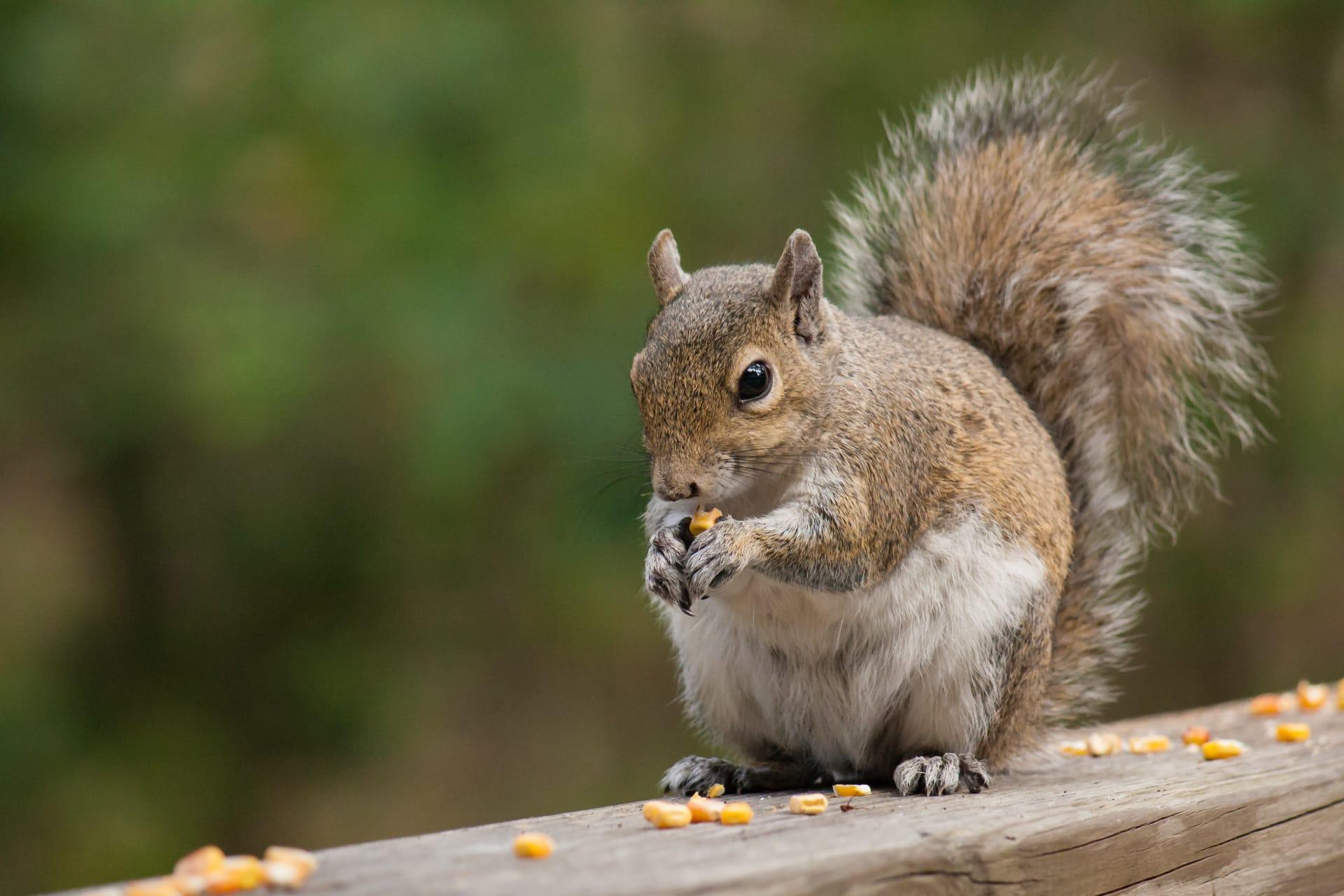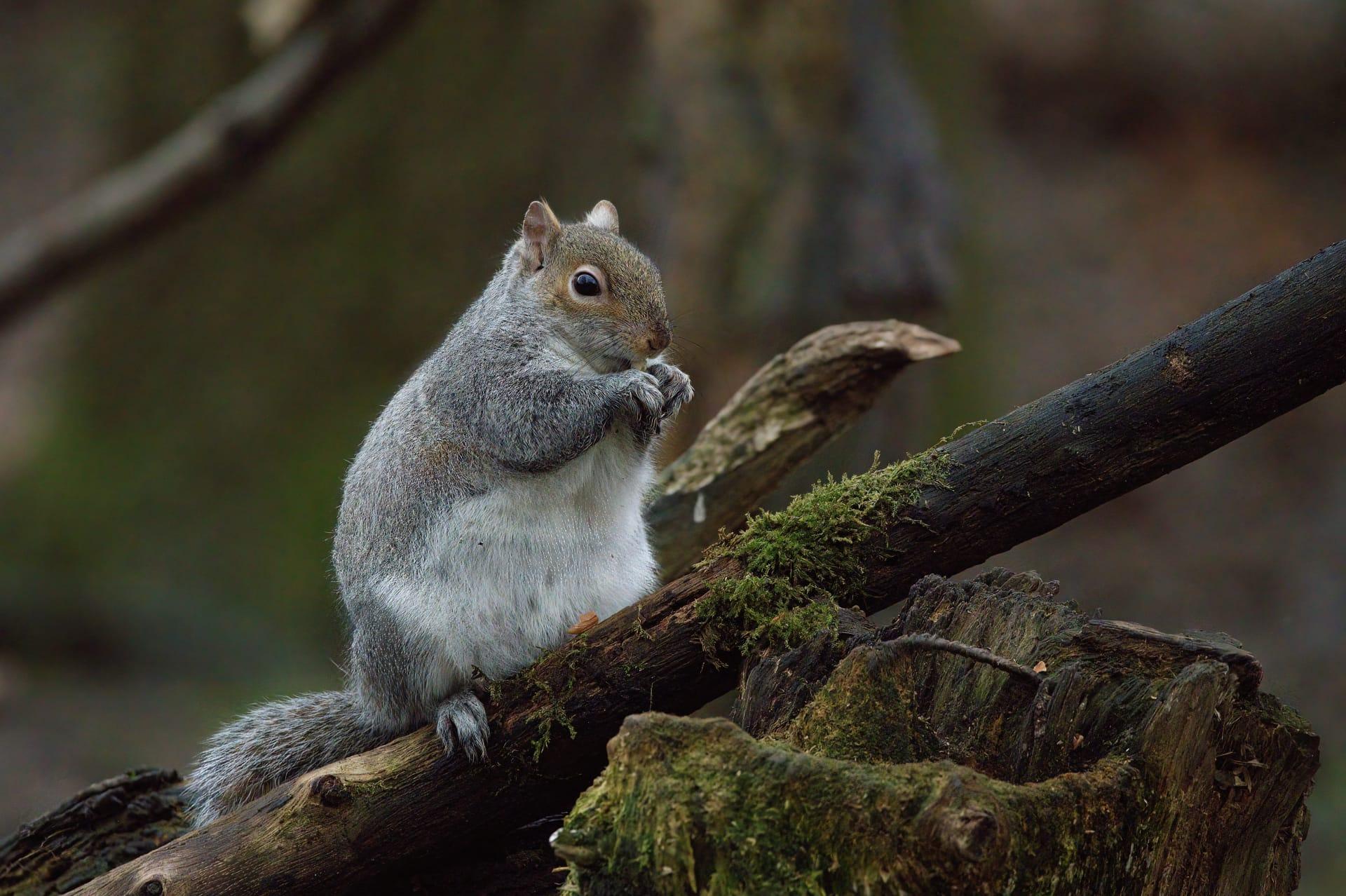Squirrel Characteristics
- Home /
- Mini Encyclopedia /
- Animal /
- Squirrel Characteristics
1
Squirrels are fascinating creatures with a diverse range of physical characteristics. They typically range in size from 15 to 20 cm (6 to 8 inches) in length, with their fluffy tails adding an additional 15 to 20 cm. The average weight of a squirrel varies from 250 to 500 grams (0.55 to 1.10 pounds), depending on the species. Their lifespans also vary, with wild squirrels living up to 6 years, while those in captivity can live up to 10 years, provided they avoid predators and disease. Their fur color ranges widely, from grey, brown, and black to occasionally even red or cream, depending on the species and habitat.
One of the most distinctive organs of a squirrel is its bushy tail. This tail isn't just for show; it serves multiple crucial functions. Firstly, it aids in balance, especially when the squirrel navigates through trees and leaps from branch to branch. This is vital for their arboreal lifestyle. Secondly, the tail acts as a parachute during falls, helping to slow down descent and ensure a safer landing. Additionally, the tail is used as a blanket in cold weather and a signal flag to communicate with other squirrels. It's a multifunctional tool that is essential for their survival.

2
Question: Why do squirrels gather and store nuts?
Answer: Squirrels gather and store nuts as a survival strategy, particularly for the winter months. This behavior, known as caching, involves squirrels collecting nuts and seeds when they are plentiful, during the fall, and burying them in various locations. They have an impressive memory that helps them relocate their stashes. This method ensures a steady food supply when resources are scarce during colder months. Squirrels often gather more food than they can consume, playing a significant role in forest regeneration as the forgotten nuts and seeds grow into new plants.

3
Squirrels are known for their agile and acrobatic movements. They can jump distances of up to 10 feet (3 meters) and are capable of running at speeds of about 20 miles per hour (32 kilometers per hour). Their sharp claws and strong hind legs enable them to climb trees with remarkable ease and agility. Squirrels are also able to rotate their hind feet, allowing them to descend a tree head-first. This agility is crucial for escaping predators and navigating through their arboreal habitats.
Regarding their feeding habits, squirrels are primarily herbivorous, primarily eating nuts, seeds, fruits, and buds. However, they are opportunistic feeders and can also consume small insects, caterpillars, and even small birds' eggs. Their sharp incisors are perfect for cracking nuts, and these teeth continue to grow throughout their lives, ensuring they don't wear down from constant gnawing. Squirrels are known to be quite clever in finding food, often visiting bird feeders and can remember the locations of thousands of nuts they bury each season.

4
Squirrels are adaptable creatures and can be found in a variety of environments, including forests, parks, and urban areas. They prefer habitats with an abundance of trees, which provide them with food, shelter, and protection from predators. Forests with a mixture of nut-bearing trees like oaks, hickories, and walnuts are ideal. In urban areas, squirrels adapt to the presence of humans and can often be seen in parks and gardens, where they can find food and shelter.
In terms of reproduction, squirrels typically mate twice a year, once in the winter and again in the summer. The female squirrel prepares a nest, known as a drey, made of twigs, leaves, and bark, usually high in the trees. After a gestation period of about 44 days, she gives birth to 2-5 young. The young are born blind and helpless and depend on their mother for around 2-3 months. By 10 weeks, they are ready to start exploring outside the nest and gradually learn to gather food, preparing for independent life.

5
Book: "Squirrel Behavior: A Guide to Their Social Habits and Interaction" by David A. Goldfarb. This insightful book, published in the United States in 1998, offers a detailed look into the social behaviors and interactions of squirrels. Goldfarb, an expert in animal behavior, explores the complex social structures and communication patterns of various squirrel species, providing readers with a deeper understanding of these intriguing creatures.
Book: "The Secret Life of Squirrels: A Love Story" by Nancy Rose, published in Canada in 2016. This unique book combines charming photography with a heartwarming narrative. Rose, a photographer and storyteller, captures the playful and endearing side of squirrels through staged scenes using real squirrels. The book tells a fictional love story between two squirrels, providing an entertaining and whimsical portrayal of these animals.